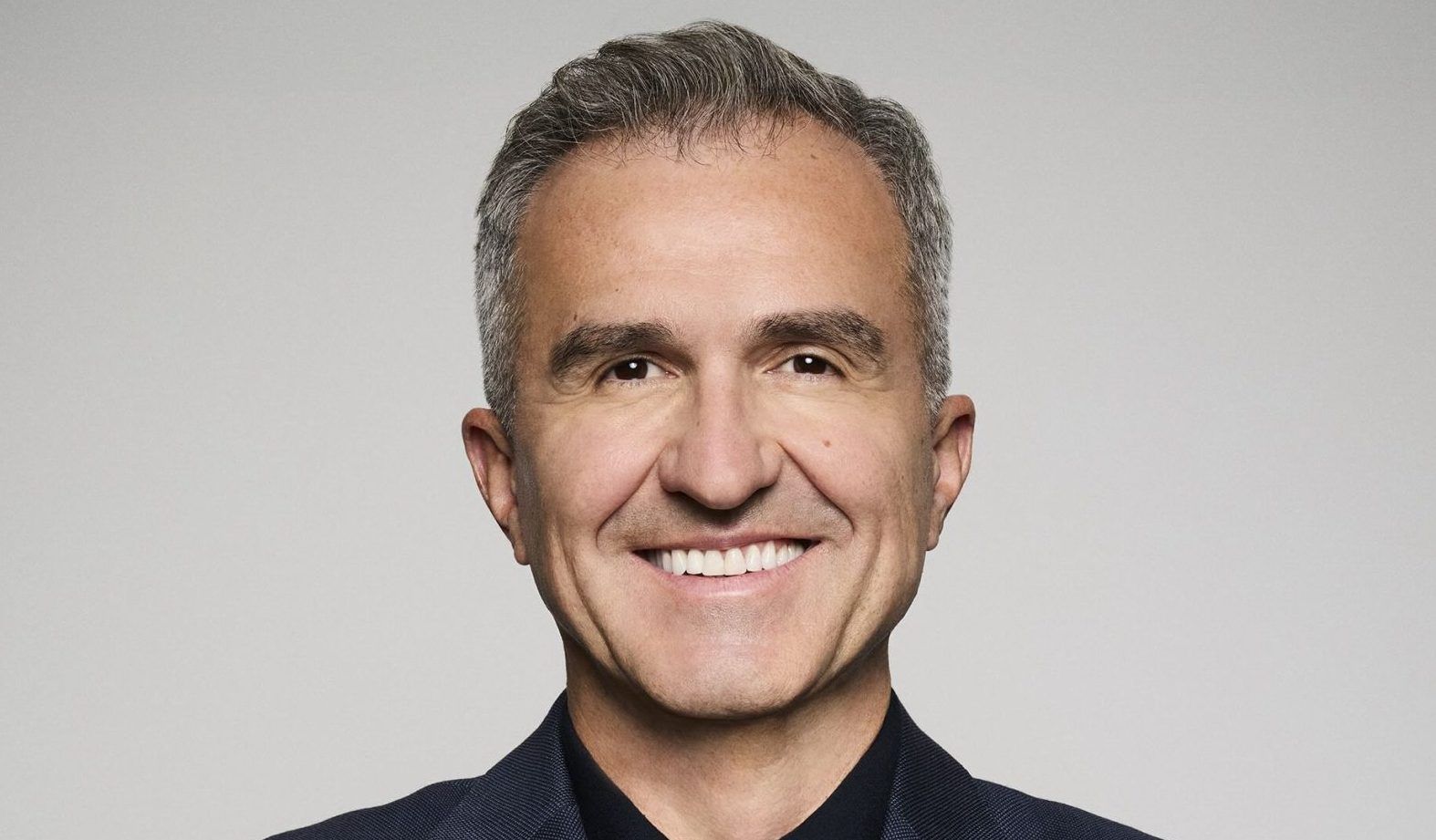By Samseog Ko, Distinguished Professor, School of AI Convergence, Dongguk University (Former commissioner, Korea Communications Commission, KCC)
I recently traveled to Hanoi, the capital of Vietnam. I hadn't visited Vietnam for a while due to the coronavirus pandemic. However, the recent spate of exciting news about Korea in Vietnam was enough to pique my curiosity. I flew to Hanoi to see for myself what the saying "a hundred words are worth a thousand deeds.
Since establishing formal diplomatic relations in 1992 after the bitter history of the Vietnam War, South Korea and Vietnam have maintained and developed strong ties not only in the economic field but also in the social and cultural fields. The close ties between the two countries are both public and private.

According to data from the Korea Trade-Investment Promotion Agency (KOTRA), in 1992, when Korea and Vietnam first established diplomatic relations, bilateral trade was valued at $490 million. By 2022, the 30th anniversary of diplomatic relations, the trade volume had grown to 80.69 billion U.S. dollars, or about 164 times. Vietnam has firmly established itself as Korea's third-largest trading partner and fourth-largest export destination.
In the socio-cultural field, you can feel even closer. Vietnam is one of the hottest countries in Southeast Asia for the Korean Wave. There is a strong preference for Korean culture.

According to a report released by the Korea Creative Content Agency Vietnam Business Center (KOCCA Vietnam) last year, 997 out of 1,025 respondents (95.3%) said they liked Hallyu. When looking at the preference for Korean culture by country, Vietnam tops the list with 44.6 percent, with a huge gap between it and the United States (10.4%). This is an incomparably overwhelming ratio.
According to KOCCA Vietnam's analysis, this is because "socio-culturally, there are many similarities between the cultures of Korea and Vietnam, and due to mutual efforts to improve and develop bilateral relations, Vietnamese people are accepting Korean culture in a very positive and proactive manner."
The pace of development in Vietnam is fast. For example, Vietnam's IT infrastructure is one of the best in Southeast Asia. As of last year, the smartphone penetration rate was 96%, and the internet penetration rate was over 80% among households. This is largely due to the government's early initiatives in informationization, but also because Vietnam is a young country. More than half of the country's population is under the age of 30, so it's no wonder that the desire and demand for information is high.

Over the past 30 years of the Korean Wave, Vietnamese users have embraced the development of new media, online platforms, and social media, which have made it easier for them to access and share a variety of content (information) quickly and easily. It would be accurate to say that the digital transformation of Vietnamese society as a whole has given the Korean Wave wings.
Hanoi, the center of the Korean Wave in Southeast Asia, recently opened a new "Korea Town" (K-Town). In early May, K-Town was opened to the public in Ocean City, a new city in Hanoi developed by Vinhomes, a key affiliate of Vingroup, the largest private conglomerate in Vietnam and often referred to as the "Samsung of Vietnam. It can be compared to a large-scale "Vietnam Town" in Pangyo or Bundang-gu(the largest and most populous district of Seongnam, near Seoul, Korea)
Hanoi K-Town is a Korean-themed shopping and food and beverage town built on a massive 6.5-hectare area. It has attracted shopping malls, restaurants, and other businesses with a Korean flavor from Korea's representative downtown areas such as Myeongdong and Gangnam, Itaewon and Hongdae in Seoul and will continue to expand in the future.(Gangnam itself are widely known for its heavily concentrated wealth and very high standard of living, which has been compared to cities such as Beverly Hills, California)

"With the opening of K-Town in Ocean City, we expect Vietnam's new city to become a new center of the Korean Wave," said VinHomes CEO Vinhomes, who I met in Hanoi. "With its modern urban environment and Korean culture, K-Town will be a popular destination for not only locals but also foreigners from Southeast Asia and beyond." It is very unusual in that Koreatown was not organized by the Korean community in Hanoi, but was planned by Vietnam's largest private conglomerate, Vinh Group, to be built in a new city.
There is still a lot of work to be done when it comes to K-Town and the Korean Wave in Vietnam. In addition to K-Town, Hanoi's Ocean City is also home to Chinatown and Italy Town. While the two towns are quickly establishing themselves with Chinese (Hong Kong) and Italian (Venice) themes, K-Town feels like it's just getting started. As a result, the number of visitors on weekdays was relatively small compared to Chinatown and Italy Town.

In order to revitalize K-Town early, VIN Group held a performance by a Korean idol group and signed a memorandum of understanding (MOU) with the Korea Tourism Organization to work together to promote cultural and tourism exchanges between Korea and Vietnam.
The revitalization of Hanoi's K-Town is an issue for VinGroup, which built the new city, but it also requires the interest and participation of the Korean government and content-related companies to revitalize the Korean Wave in Southeast Asia to a higher level.
Above all, it is necessary to operate a full-time program for cultural exchange between Korea and Vietnam and to build related infrastructure.

Meanwhile, KOCCA Vietnam has achieved great results by holding joint seminars for Korean and Vietnamese companies in the field of content production and operating a joint Korean pavilion at local content markets such as Telefilm 2024, which resulted in exports of 9.42 million USD (about 13 billion KRW).
However, KOCCA Vietnam has not been able to provide the local content human resource development support that the Vietnamese government and the content industry need, nor has it been able to operate human resource exchanges between the two countries, especially student exchange programs between universities.
According to local public opinion in Hanoi, Vietnam's production capacity and infrastructure in the content field are still at a low level compared to Korea, so there is a significant demand for cooperation and exchange between the two countries. In particular, there is a strong desire to secure the long-term development of the content industry through the cultivation of specialized production personnel, so it would be very welcome if the Korean government supports the cultivation of Vietnamese content personnel in the future.

There are enough reasons to go beyond the internal debates and discussions on the "sustainability" of the Korean Wave and fundamentally change the paradigm of the Korean Wave to reflect the needs of the receiving countries.
In other words, instead of focusing on expanding outreach by increasing the quantitative export of K-content, we need to completely revise the concept and policy framework of the Korean Wave so that it can mature and take root as a culture in the world through cultural exchanges and cooperation projects that meet the policy needs of other countries.
Not only Vietnam but also neighboring Thailand wants to go beyond the import and export of content and co-production to implant 'whole' policies and systems to foster the Korean content industry. For example, the Thai government is promoting the establishment of the tentative 'Thailand Content Agency' (THACCA), the Thai version of KOCCA, next year. In this context, it can be criticized that it is anachronistic for the Korean government to insist on export-only Hallyu policies.
K-content needs to grow in quantity and develop in quality. The status of Korea and the Korean Wave globally should be much higher than it is now. However, we should not be satisfied with the outward growth of Hallyu. As Hallyu grows in stature, we need to move beyond its outward growth and focus on its inward "maturity," i.e., shift our perception from growth to maturity.
At the same time, as mentioned earlier, the policy vision for the Korean Wave must be redefined in line with the paradigm shift in Korean Wave policy. Just as the Hallyu has evolved and developed from 1.0 to Hallyu 4.0 (New Wave), I expect Hallyu policy to evolve and develop along with it, so that Korea can become a country that is respected by the world as a 'high cultural power'.
Samseog Ko (koss21@naver.com)



![[newsletter]K콘텐츠의 굿파트너가 되고 있는 SBS'굿파트너'(SBS 'Good Partner', a good partner for K content)](https://storage.googleapis.com/cdn.media.bluedot.so/bluedot.directmedialab/2024/09/l129bj_202409080259.png)
![[오피니언]글로벌 ‘테크 자이언트’ 화웨이의 생존전략: 미국의 공격, 중국의 방어, 한국의 선택은?(How global 'tech giant' Huawei will survive: South Korea's decision?)](https://storage.googleapis.com/cdn.media.bluedot.so/bluedot.directmedialab/2024/08/8lms4j_202408260030.png)

![[FREE] 넷플릭스 2024년 3분기 실적 발표 자료](https://storage.googleapis.com/cdn.media.bluedot.so/bluedot.directmedialab/2024/10/5dp3e1_202410172136.png)
![[FREE] 2024년 상반기 비디오 마켓플레이스 리포트](https://storage.googleapis.com/cdn.media.bluedot.so/bluedot.directmedialab/2024/10/cpx16e_202410162202.png)
![[Free]아시아계 미국인 CTV소비 보고서(The Inclusive Screen: Asian Americans)](https://storage.googleapis.com/cdn.media.bluedot.so/bluedot.directmedialab/2024/09/4303tu_202409172116.png)

![[Premium Reports]광고 기반 스트리밍TV, FAST의 미래](https://storage.googleapis.com/cdn.media.bluedot.so/bluedot.directmedialab/2024/08/kde5jg_202408101739.png)
![[Free Reports]광고 기반 스트리밍 TV, FAST의 미래](https://storage.googleapis.com/cdn.media.bluedot.so/bluedot.directmedialab/2024/08/kaupot_202408101535.png)
![[아마기 FAST보고서]A FAST Catalyst](https://storage.googleapis.com/cdn.media.bluedot.so/bluedot.directmedialab/2024/08/feluqg_202408081524.png)


